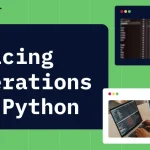Perplexity Deep Research slashes hours of manual work into minutes, handling complex queries that would overwhelm traditional search engines. This AI research tool performs dozens of searches, reads hundreds of sources, and synthesizes findings into comprehensive reports automatically.
From keyword research to academic literature reviews, Perplexity AI has reached 120 million users by 2025, processing over 1.4 billion monthly queries. Master the research automation techniques that professionals use to generate expert-level reports, conduct competitor analysis, and create data-driven content strategies in under 4 minutes
What is Perplexity Deep Research?

Launched in February 2025, Deep Research is a feature designed to perform in-depth, autonomous research on any given topic. It moves beyond simple keyword matching by using powerful AI models to understand complex questions, search the web in real-time, analyse hundreds of sources, and compile the findings into a comprehensive report.
The tool is built to save hours of manual work. A process that would take a human researcher several hours is cut down to just 2-4 minutes. As of mid-2025, Perplexity handles over 1.4 billion monthly queries and has reached 120 million global users, showing its rapid adoption.
How Does It Work?
Perplexity Deep Research uses a method that mirrors human research patterns. When you enter a query, the system initiates a multi-step process:
- Reasoning and Searching The AI first breaks down your query and starts an iterative search process. It explores multiple angles, reads hundreds of articles and documents, and refines its search strategy as it gathers more information.
- Analysis and Synthesis The tool then evaluates the collected source materials, identifies the most credible and relevant points, and synthesizes them.
- Report Generation Finally, it organises the insights into a clear, well-structured report complete with headings and citations, ensuring every fact can be verified.
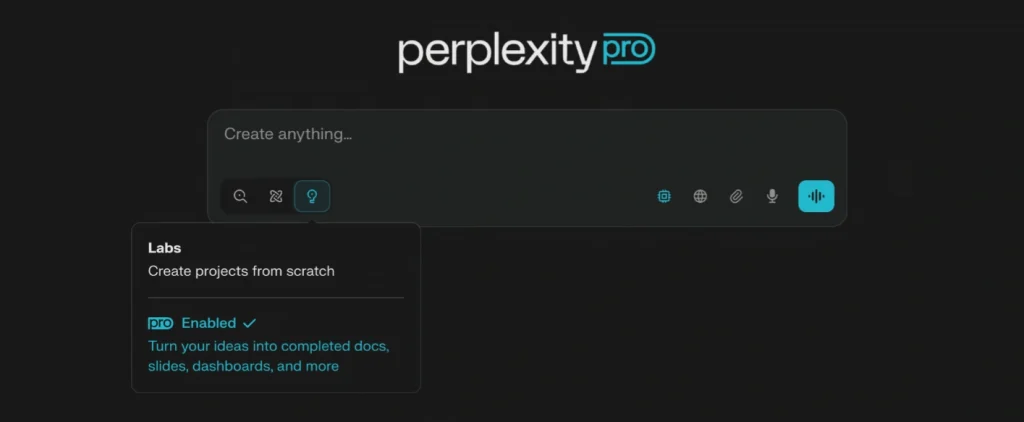
In May 2025, this powerful feature was integrated into Perplexity Labs, which expanded its capabilities to include creating charts, dashboards, and even simple web applications for Pro subscribers.
A Step-by-Step Guide to Using Perplexity Deep Research
Anyone can use Perplexity Deep Research with minimal effort. The interface is clean and user-friendly.
Step 1: Navigate to Perplexity

Start by going to the Perplexity website. You can run a limited number of Deep Research queries for free each day, while a Pro subscription offers up to 300+ searches daily and other benefits.
Step 2: Select Deep Research Mode
On the homepage, you will find a search bar with a “Focus” dropdown menu. Click it and select “Deep Research” to activate the feature.
Step 3: Formulate Your Query
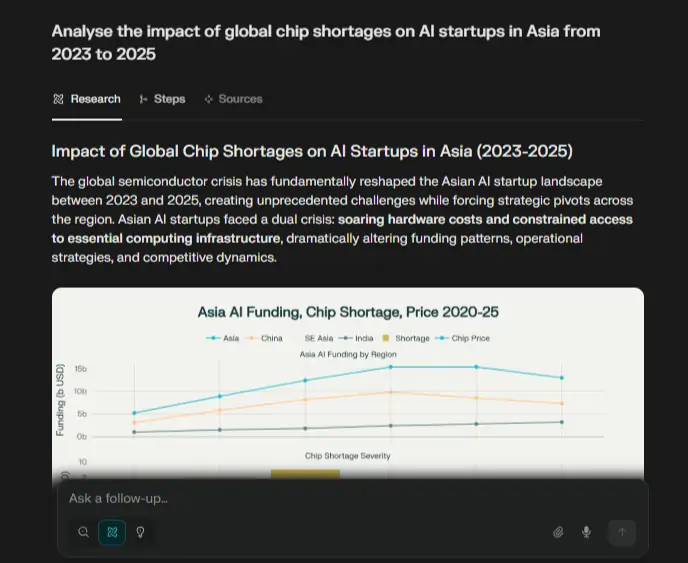
This is the most crucial step. A well-defined prompt leads to a better report. Instead of a simple keyword, use a descriptive question or topic.
Step 4: Configure Advanced Parameters (Optional)
For more tailored results, you can use advanced settings to control the output:
Step 5: Generate and Export the Report
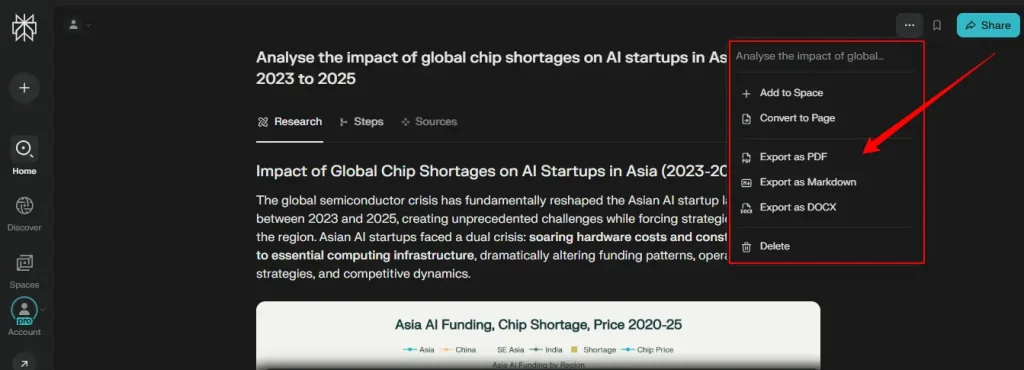
After entering your query, press the start button. The report will be generated in 2-4 minutes. Once complete, you can review it and export it as a PDF, a document, or share it as a Perplexity Page.
Perplexity Key Features and 2025 Updates
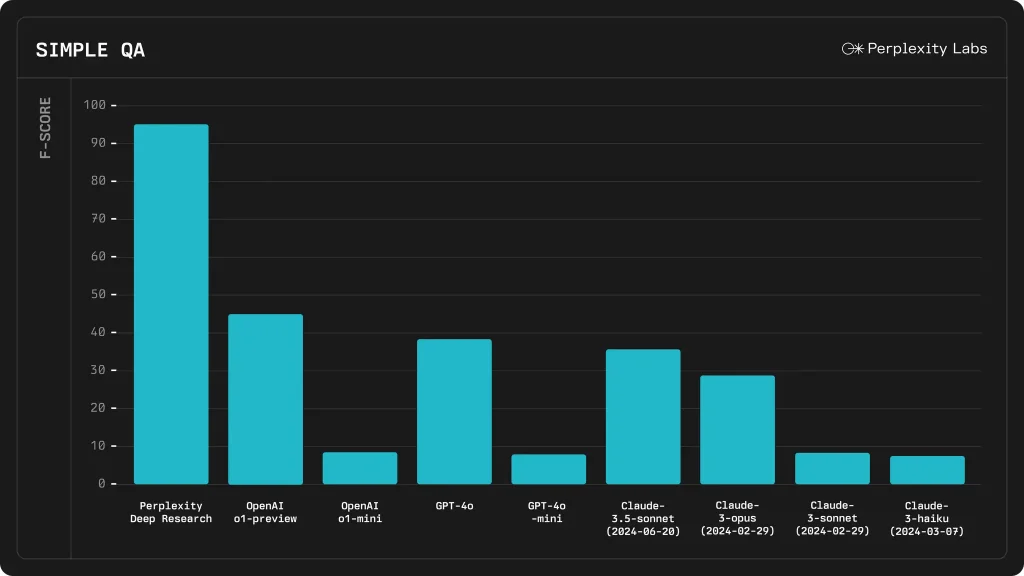
Perplexity AI has seen remarkable growth, with its valuation soaring to a potential $14 billion in mid-2025. This growth is fuelled by continuous improvements to its features.
Latest Enhancements to Deep Research
Practical Applications and Use Cases
Perplexity Deep Research is a versatile tool with applications across many fields:
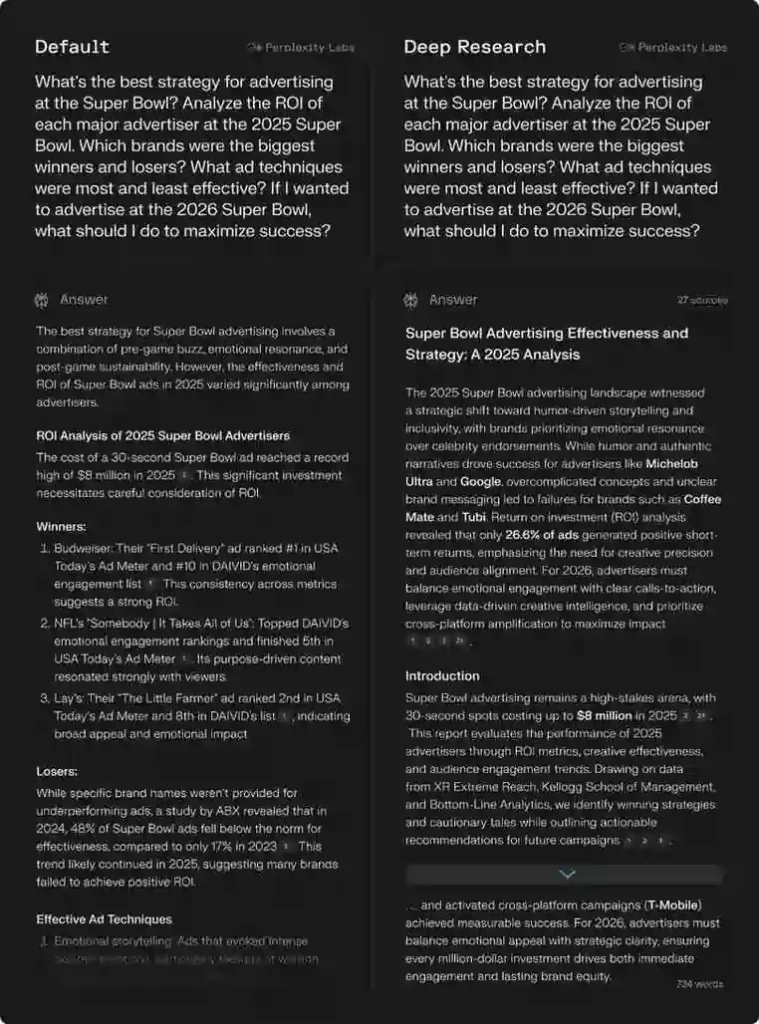
Tips for Getting the Best Results
To maximise the effectiveness of Perplexity Deep Research, consider these best practices:
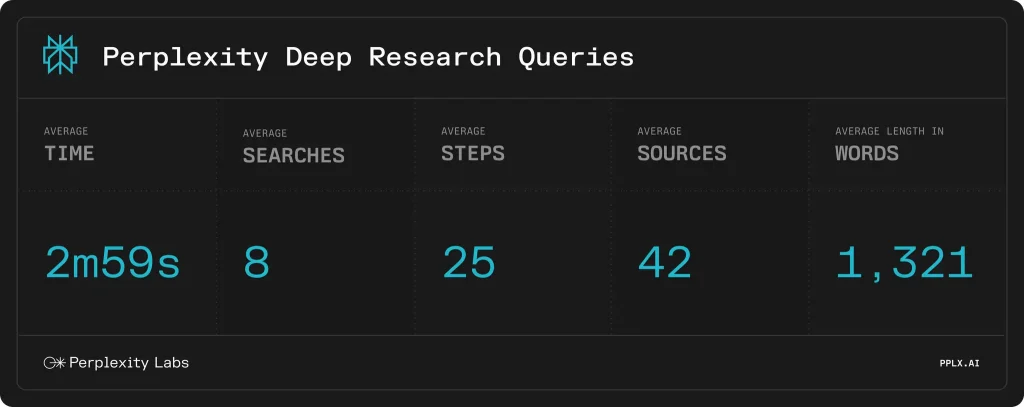
Perplexity Deep Research is a game-changer for anyone who needs to gather and understand complex information quickly. By combining intelligent search with automated analysis and report writing, it streamlines workflows and boosts productivity.
While human oversight remains essential, this tool is undeniably shaping the future of research.











